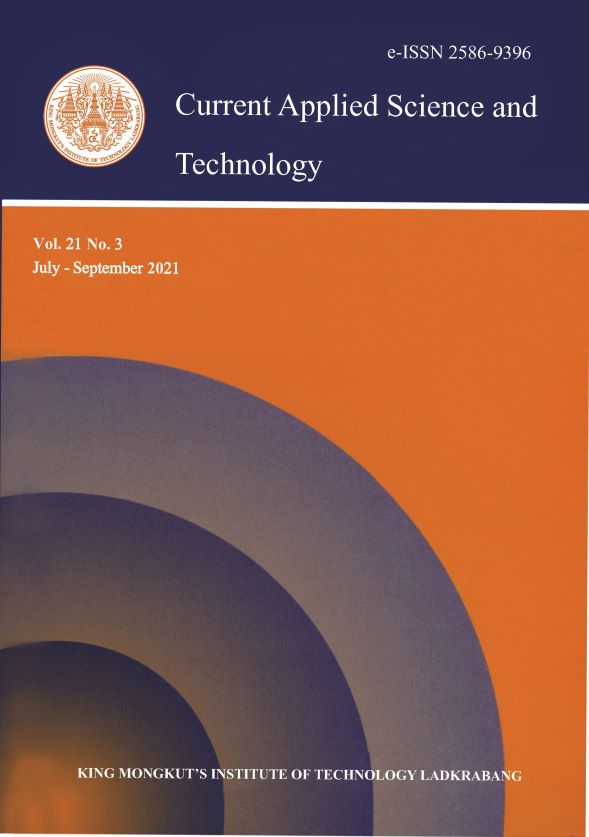Food processing is a big industry in many countries. The industry consumes large amount of energy, primarily from liquefied petroleum gas (LPG). Food frying is conventionally controlled via the cooking oil temperature, which is regulated by controlling the amount of heat provided by the cooking gas burner, hence, consumption rate of LPG. For micro-sized food processing enterprises in Thailand, this is usually done manually by operators, resulting in poor energy efficiency and non-negligible amount of waste. To prevent such situations, it is necessary to control the food cooking process more precisely. The objective of this work was to develop a precise control system for a gas cooking stove used to fry rice crackers with an improved energy efficiency and fuel economy. This work reports on the development and testing of an automatic burner control system for an LPG cooking stove used to provide heat in frying Thai rice crackers. The system was based on low-cost sensing of the frying oil temperature and two-step control of gas valves. It was found that the automatic control system employed worked well and more precise control of the frying oil temperature could be achieved. Results of the experimental testing with and without automatic control of the LPG cooking stove in the laboratory setup indicated that better food processing control could give rise to almost 40% improvement in fuel economy for processing rice crackers.
Keywords: energy saving; process control; semi-automation; food engineering; LPG
*Corresponding author: E-mail: n.tippayawong@yahoo.com
Tippayawong*, N. undefined. ., Thungkham, K. undefined. ., Onsree, T. undefined. ., Moran, J. C. undefined. ., & Wongratanaphisan, T. undefined. . (2021). Energy Efficiency Improvement in Micro-sized Food Processing Enterprises via Automatic Cooking Gas Control. CURRENT APPLIED SCIENCE AND TECHNOLOGY, 579-589.
